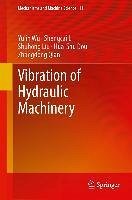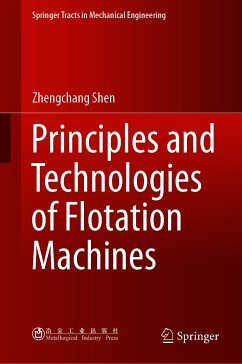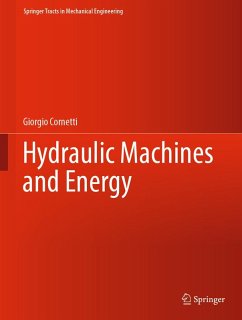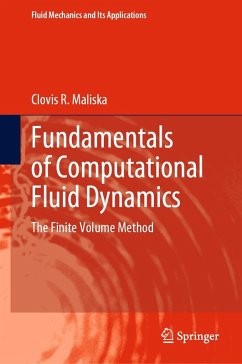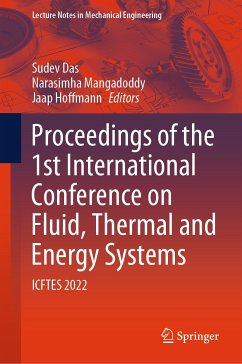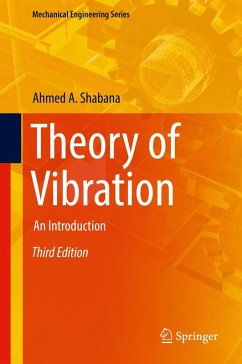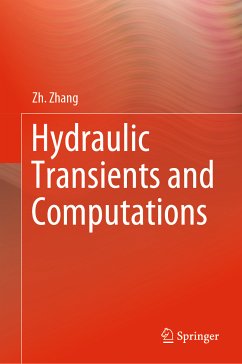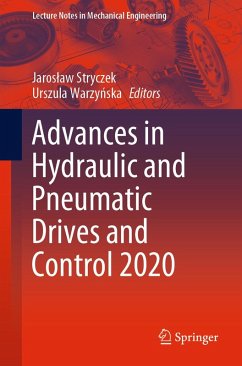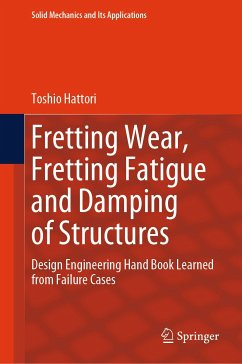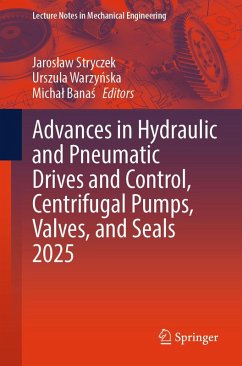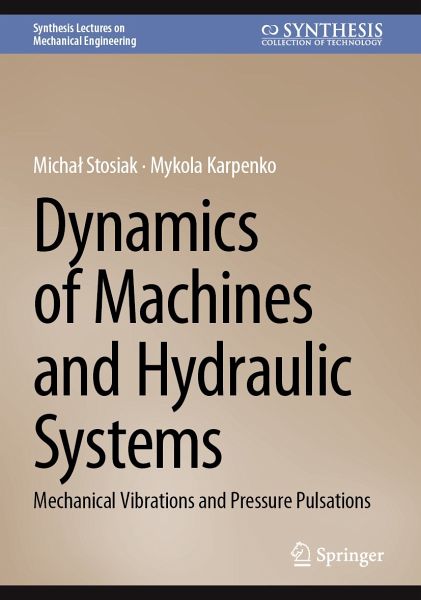
Dynamics of Machines and Hydraulic Systems (eBook, PDF)
Mechanical Vibrations and Pressure Pulsations
Versandkostenfrei!
Sofort per Download lieferbar
36,95 €
inkl. MwSt.
Weitere Ausgaben:

PAYBACK Punkte
18 °P sammeln!
The subject of this book is to examine the influence of mechanical vibration on the changes in the pressure pulsation spectrum of hydraulic systems. In book shows that machines and equipment equipped with hydraulic systems are a source of vibration with a wide frequency spectrum. Additionally, hydraulic valves are also exposed to vibration. Vibrations of the substrate on which the hydraulic valve is installed force the control element of the hydraulic valve to vibrate. The control element's vibration produced in this way causes changes in the pressure pulsation spectrum of the hydraulic system...
The subject of this book is to examine the influence of mechanical vibration on the changes in the pressure pulsation spectrum of hydraulic systems. In book shows that machines and equipment equipped with hydraulic systems are a source of vibration with a wide frequency spectrum. Additionally, hydraulic valves are also exposed to vibration. Vibrations of the substrate on which the hydraulic valve is installed force the control element of the hydraulic valve to vibrate. The control element's vibration produced in this way causes changes in the pressure pulsation spectrum of the hydraulic system. A friction model modified using mixed friction theory can be used for the oscillating motion of the hydraulic directional control spool. Passive vibration isolation methods are proposed to reduce valve vibration. The biomimetic approach can be implemented in hydraulic systems (for pipelines) to reduce mechanical vibration and fluid pulsation. Numerical methods are employed to analyze the effectof changes in the pressure pulsation spectrum on the hydraulic efficiency of the pipelines. Examples are provided for the implementation of numerical methods in the calculation of hydraulic components and systems. Additionally, the effects of energy-saving in hydraulic systems by applying the proposed results overview in the current book. The current book will be interesting for both-scientific and manufacturing staff, since the implementation of knowledge can help to design more substantiable construction of machine hydraulic systems to avoid vibration problems.
Dieser Download kann aus rechtlichen Gründen nur mit Rechnungsadresse in A, B, BG, CY, CZ, D, DK, EW, E, FIN, F, GR, HR, H, IRL, I, LT, L, LR, M, NL, PL, P, R, S, SLO, SK ausgeliefert werden.



